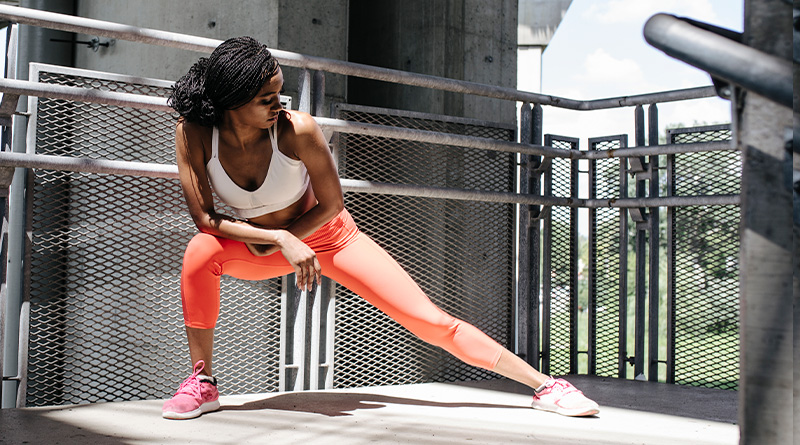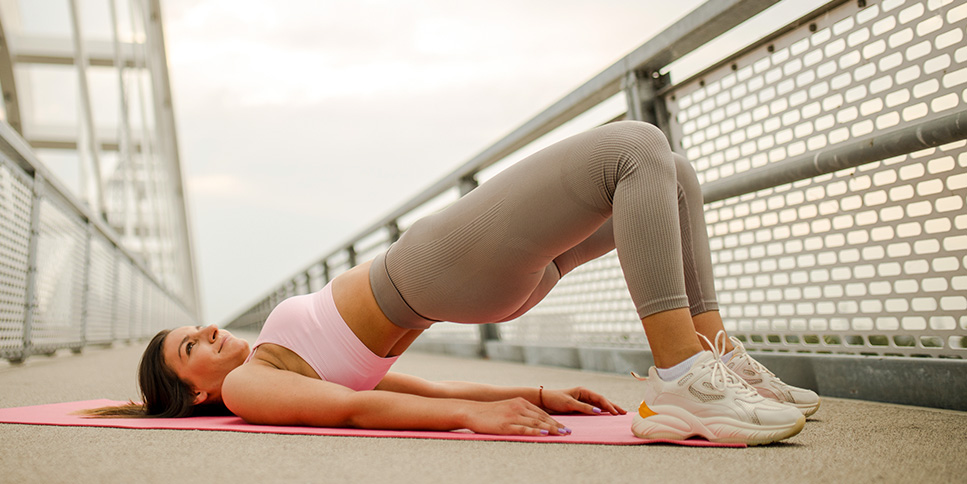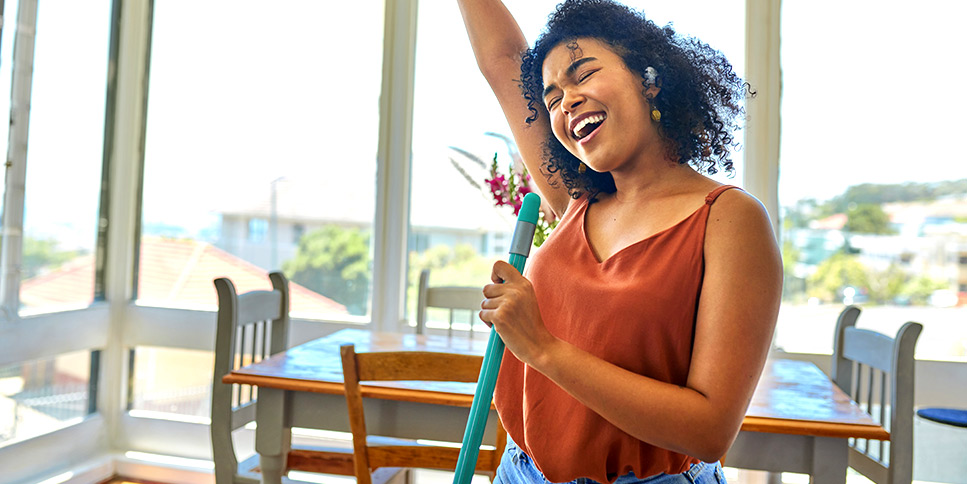Who doesn’t want a swoon-worthy backside that looks great in just about anything?
But there’s more to doing countless squats and glute bridges than earning the right to cheekily insert peach emojis in your captions and look great on beach vacations. Having strong butt muscles—known as the three gluteal muscles—gluteus minimus, medius and maximus—has a much higher calling than looking good in form-fitting clothes.
Developing and maintaining strength in your posterior chain gluteal muscles is important for a strong and stable core, for supporting the lumbar and back muscles and to help reduce back pain and prevent injury. Even on the most basic level, strong glutes are needed simply for standing and walking, as well as proper pelvic alignment and posture.
For this reason, it’s important not to think of your glute muscles as separate from the rest of your body’s muscles but part of the bigger picture. Instead of imagining your 600 or so muscles as a bunch of solo artists all jamming separately to their own songs, try to think of your muscular system as a musical band working together in symphony.
While a good amount of your butt’s appearance may be dictated by your genes (some experts estimate that 70% of your glute shape is predetermined by genetics), the other 30% are yours to shape. Here are the eight best exercises to isolate, sculpt and tone your glutes.

The 8 Best Moves for Strong & Sculpted Glutes
1. Split Lunge
Start in a split lunge position with one leg forward and one back and your shoulders back and down. Step back with one leg into a reverse lunge until your knee is about an inch above the floor. With the rear leg extended with just a slight bend in the knee, ascend back up to the starting position, pause and lower back down. Repeat for the recommended amount of reps.
Weighted option: Add resistance by holding dumbbells by your sides or a single dumbbell at chest level.
2. Stiff-Leg Deadlift
Standing with feet shoulder-width apart, grasp two dumbbells or a barbell and get into a set position ensuring that your shoulders are back and down. Hinge at the hips and lower your torso towards the floor as though you are trying to close an imaginary door behind you with your butt.
Keep the barbell or dumbbells close to the front of your body and maintain a neutral spine as you lower the weight down. Stop when your back is parallel to the floor. Be sure to brace your core and engage your back muscles throughout the entire movement in order to support your lower back. In a slow and controlled manner, hinge back up and repeat.
3. Side Lunges
Begin with your feet shoulder-width apart, toes pointed forward. Next, step out to one side as wide as possible, dropping your hips to sit down and back while paying careful attention to keep your chest high. Your stationary leg will remain straight while you lunge with the other leg. To return to the starting position, press into your lunging leg with power. From the upright position, repeat on the other side.
Weighted option: For added intensity, hold a dumbbell or a kettlebell at chest level while performing side lunges. Alternatively you can hold two dumbbells at your sides.
4. Curtsy Lunges
Standing with your feet shoulder-width apart, shift all your weight onto one foot while you step back and diagonally across with the other leg, into a curtsy. Lower your body until the curtsy front leg’s thigh is almost parallel to the ground and then push back up from that same leg to return to the starting position. Repeat on the opposite side.
Weighted option: For added intensity, hold a single dumbbell at chest level or two dumbbells in either hand at your sides.
5. Weighted Glute Thrust
From the floor, plant your feet firmly on the ground. Lie down and place a dumbbell or weighted plate across your hips. Next, lift your hips up by squeezing your glutes and thrusting your hips into a bridge-like position towards the ceiling. Pause at the top and then lower back down to the floor and repeat.
Additional options: For more intensity, wear a resistance band above your knees and concentrate on keeping your knees as far apart as possible throughout the movement. Take it one step further by elevating and extending one foot into the air so you’re only using one leg at a time.
6. Weighted Step-Ups
Stand with a box or a bench in front of you. Holding a set of dumbbells by your sides, step up with one foot onto the box—ensuring your foot lands fully on the platform—never on the edge—and press through your heel to straighten your leg. Bring the other foot to meet the leading foot. Step down and repeat, leading with the opposite foot this time. In order to isolate the glute, use a challenging weight and ascend and descend slowly. Progress the move over time with higher elevation.
7. Resistance-Band Sidekicks (gluteus medius)
Place a resistance band around your ankles. Plant one foot firmly on the floor while abducting your other leg, lifting it away from the body until you feel the glute engage (without overextending). Slowly bring the leg back down and repeat. The key is to maintain a slow and controlled motion, resisting the band as much as possible. You can either hold on to a wall for stability or place your hands on your hips. Repeat for the desired amount of reps before switching legs.
8. Resistance-Band Kickbacks (gluteus maximus)
From the same position as the sidekicks, you’re now going to work the largest of the three gluteal muscles, the glute maximus. Move the resistance from the ankles to above the knee and again, while holding a wall, chair or with hands on hips, kick one leg out behind you until you feel the glute engage (do not to overextend). Pause at the top for a moment before lowering the leg back to the starting position. Repeat for the desired amount of reps before switching legs.
*The links used in this article are being provided as a convenience and for informational purposes only; they do not constitute an endorsement or an approval by Iovate Health Sciences International Inc. or any of its affiliates (“Iovate”) of any of the products, services or opinions of the corporation or organization or individual. Iovate bears no responsibility for the accuracy, legality or content of the external site or for that of subsequent links. Contact the external site for answers to questions regarding its content.







